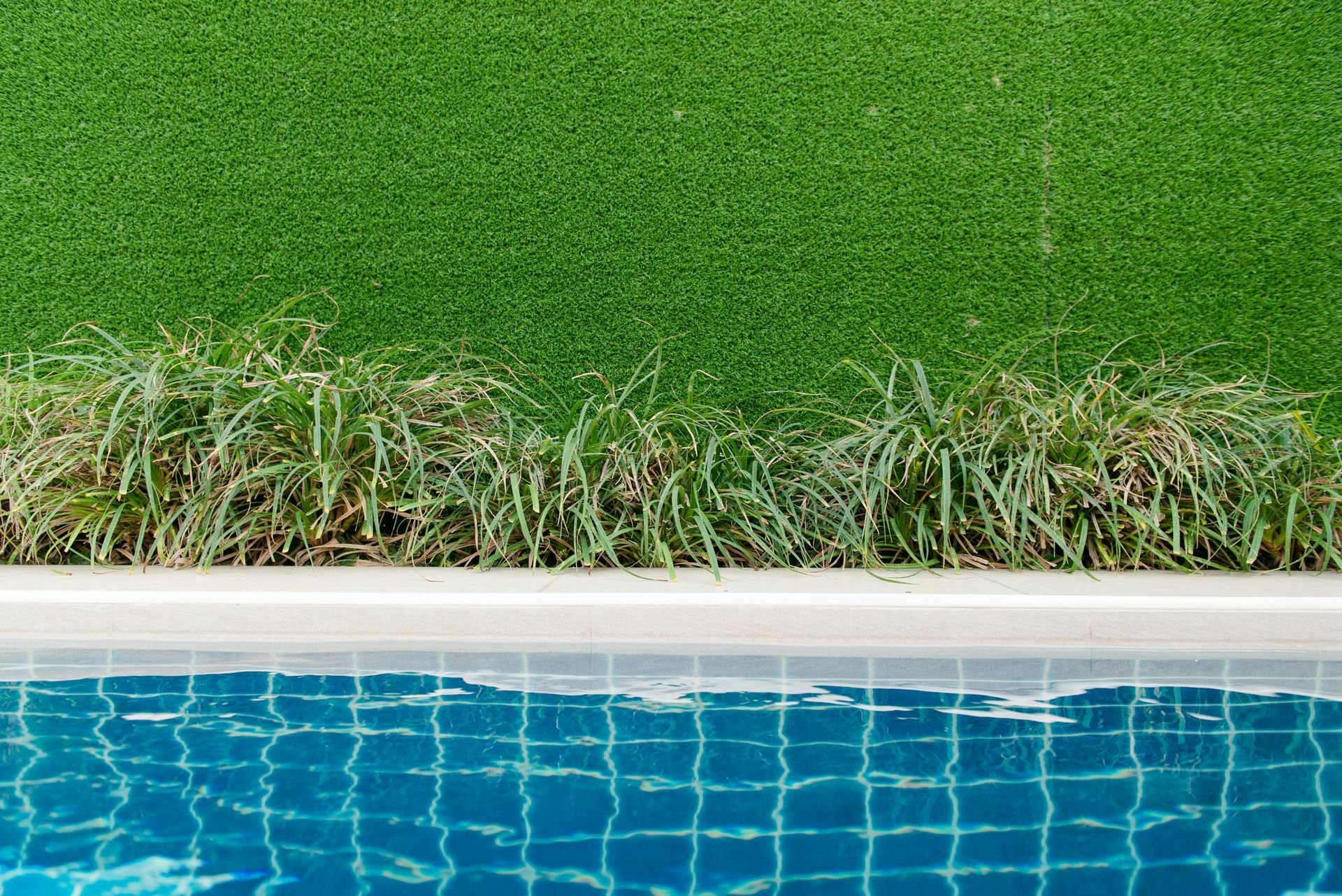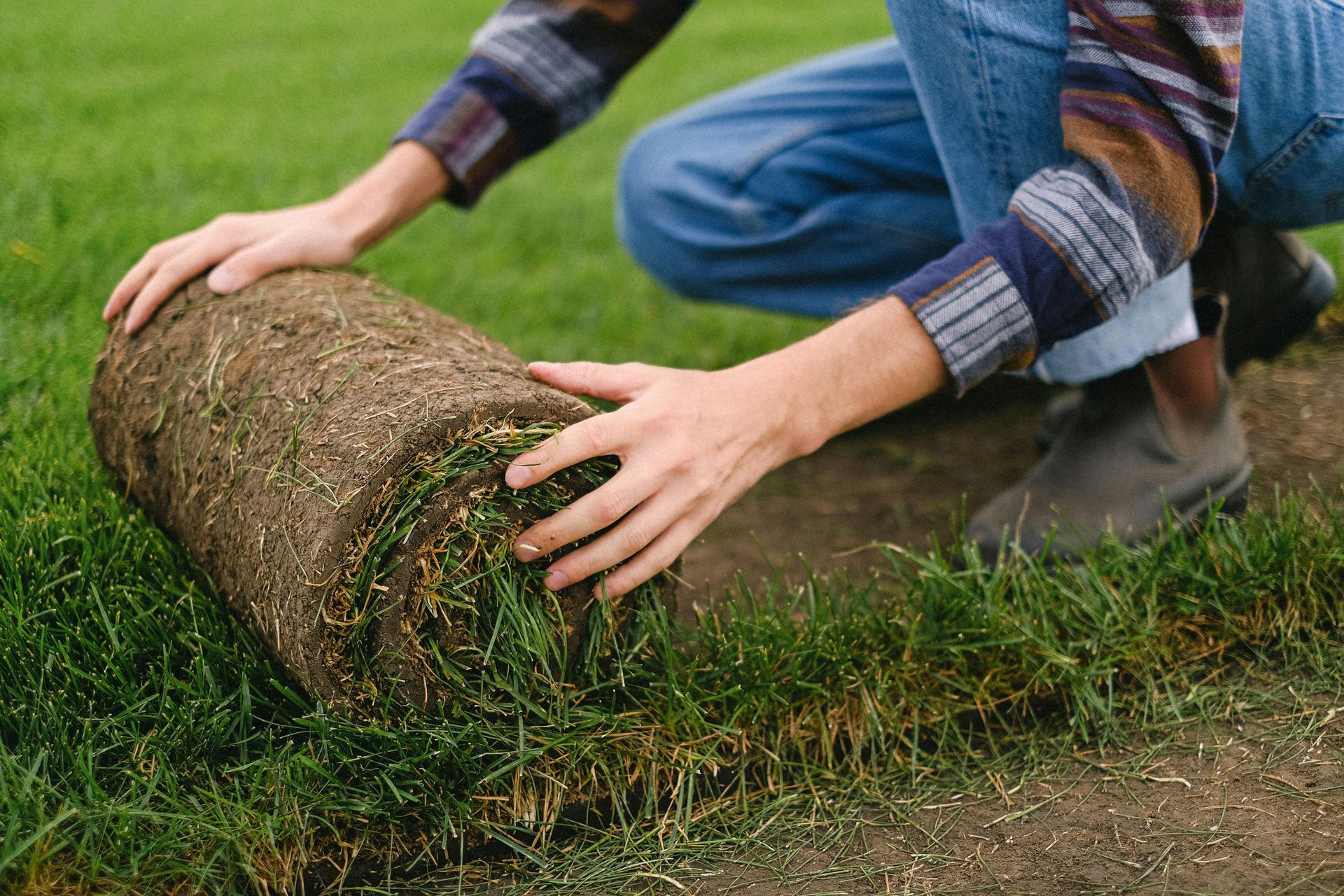How to Install Artificial Turf on Soil: A Comprehensive Guide
Installing artificial turf on soil can transform your outdoor space into a lush, low-maintenance oasis. At Peoria Artificial Turf Installation, we've helped countless homeowners and businesses in Peoria, Arizona achieve the perfect synthetic lawn. In this guide, we'll walk you through the process of installing artificial turf on soil, providing expert tips and insights along the way.
Why Choose Artificial Turf?

Before diving into the installation process, let's explore why artificial turf has become increasingly popular:
- Water Conservation: Artificial turf can save up to 55 gallons of water per square foot annually
- Low Maintenance: Eliminate the need for mowing, fertilizing, and pest control.
- Durability: Quality artificial turf can last 15-20 years with proper care.
- Year-Round Beauty: Enjoy a perfect lawn regardless of weather conditions.
Preparation: The Key to Success
Proper preparation is crucial for a successful artificial turf installation. Here's what you need to do:
- Measure and Plan: Accurately measure the area and create a detailed plan.
- Remove Existing Grass and Debris: Clear the area of all vegetation and rocks.
- Grade the Soil: Ensure proper drainage by creating a slight slope away from structures.
- Compact the Soil: Use a plate compactor to create a firm base.
"The most common mistake I see is inadequate soil preparation," says John Smith, a turf installation expert with 20 years of experience. "A properly prepared base is essential for longevity and performance of the turf."
Installation Process
Now that the groundwork is laid, let's dive into the installation process:
Step 1: Install the Base Layer
Apply a 3-4 inch layer of Class II road base or crushed aggregate. Compact this layer thoroughly using a plate compactor.
Step 2: Add Weed Barrier
Install a geotextile weed barrier to prevent weed growth. Overlap seams by 3-4 inches and secure with landscape staples.
Step 3: Roll Out the Turf
Carefully roll out the artificial turf, ensuring the blade direction is consistent. Allow the turf to acclimate for 1-2 hours before cutting.
Step 4: Cut and Seam
Cut the turf to fit the area precisely. For larger areas, seam multiple pieces together using seaming tape and adhesive.
Step 5: Secure the Edges
Nail the perimeter of the turf every 6-8 inches using 6-inch non-galvanized nails.
Step 6: Add Infill
Spread infill material (usually silica sand or crumb rubber) evenly across the turf. Use a power broom to work the infill into the fibers.
Step 7: Brush and Finish
Finally, use a power broom to brush the turf fibers upright, creating a natural look.
Expert Tips for Success
To ensure the best results, consider these tips from industry experts:
- Choose the Right Turf: "Select a turf product that matches your specific needs and climate," advises Maria Rodriguez, a landscape architect specializing in synthetic turf design. "In hot climates like Peoria, look for turf with heat-resistant technology."
- Invest in Quality Materials: "Don't skimp on materials, especially the base layer," warns Tom Johnson, owner of a successful turf installation company. "A properly installed base can extend the life of your turf by years."
- Pay Attention to Drainage: Proper drainage is crucial in areas prone to heavy rainfall. "Install a drainage system if necessary to prevent water accumulation," recommends Sarah Lee, a civil engineer specializing in landscape drainage.
- Consider Professional Installation: While DIY installation is possible, professional installation ensures optimal results. "Professional installers have the experience and specialized tools to handle challenges that may arise during installation," notes David Brown, a certified turf installer.
Maintenance and Care
Once your artificial turf is installed, proper maintenance will keep it looking great for years to come:
- Regular Brushing: Brush the turf monthly to keep fibers upright.
- Remove Debris: Use a leaf blower or rake to remove leaves and other debris.
- Rinse Occasionally: Rinse the turf with water to remove dust and pollen.
- Address Spills Promptly: Clean any spills immediately to prevent staining.
The Environmental Impact
Artificial turf installation can have significant environmental benefits:
- Water Conservation: A typical residential lawn uses about 100,000 gallons of water annually. Artificial turf eliminates this water usage.
- Reduced Chemical Use: No need for pesticides, herbicides, or fertilizers.
- Lower Carbon Emissions: Eliminating the need for gas-powered lawn equipment reduces carbon emissions.
Conclusion
Installing artificial turf on soil is a multi-step process that requires careful planning and execution. At Peoria Artificial Turf Installation, we're committed to helping our clients achieve beautiful, long-lasting results. Whether you're considering a DIY project or professional installation, this guide provides a solid foundation for understanding the process.
Remember, the key to a successful artificial turf installation lies in proper preparation, quality materials, and attention to detail. With the right approach, you can enjoy a lush, low-maintenance lawn for years to come. For personalized advice or professional installation services in Peoria, Arizona, don't hesitate to contact Peoria Artificial Turf Installation. Let us help you transform your outdoor space into the oasis you've always dreamed of.
You might also like
